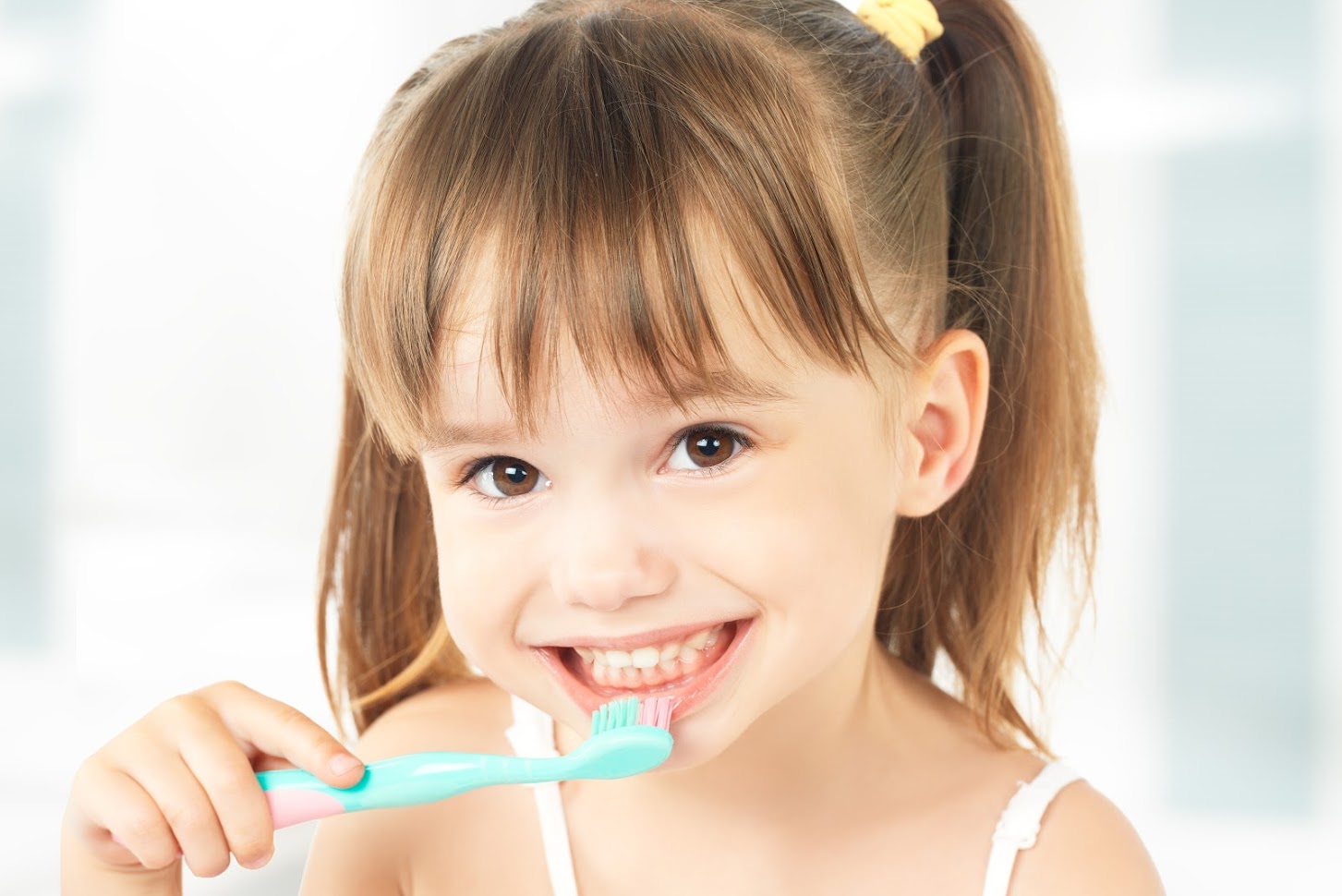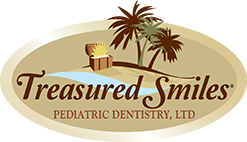From Baby to Big Kid

From the moment your child is born, dental hygiene is an important part of his or her care. Your child's teeth and gums need thorough and regular cleaning from the moment they first show up. However, good pediatric dental care requires different approaches at different ages. Discover a helpful tooth care timeline to best care for your youngster's teeth at any stage in their development.
Newborn
Though your little one's mouth is toothless to start, their gums still accumulate sugar buildup from breast milk and formula. At this stage, use an infant-friendly finger slip toothbrush to gently cleanse their gums, but no toothpaste is necessary for adequate cleaning. Alternatively, use a soft, damp washcloth to wipe down your baby's mouth.
Infant
When teeth begin to appear in your baby's mouth, a silicone finger slip toothbrush makes brushing an easy feat. Small, infant teeth only require a rice-sized amount of fluoride-free, infant toothpaste, and should ideally be brushed after each meal or feeding to discourage bacterial growth. Baby teeth are typically spaced farther apart than their adult teeth will be, so until their teeth begin to touch, you can skip the floss.
After your child has had his or her first teeth for about six months, schedule their first dentist visit. Following this first visit, dental appointments should happen twice per year, or every six months. Infants, though they're not yet capable of doing so, want to mimic their parents' behavior, so set a good example and model good oral hygiene even at this tender age.
Toddler
When your child has a full set of baby teeth, start to use a kid-sized toothbrush to clean your child's teeth. A good toddler toothbrush looks like an adult toothbrush but is sized to fit well into their hands. Though your newly independent toddler may be eager to complete their tooth routine on their own, a grown-up should stand by and make sure to get any spots that were missed.
After the age of three, their toothpaste quantity gets a little upgrade. Three-year-old children can use a pea-sized amount of toothpaste and should be able to begin to learn to rinse and spit on their own. Continue to model good tooth brushing and flossing, and take the opportunity to instruct your child on how to do a thorough job in the process.
Preschooler
From the ages of three to five, your child may become increasingly opinionated about their daily routine. Though one morning they are a fan of their toothpaste, the evening could mean a different story. Try different toothbrush flavors if they express dissatisfaction, and keep using soft, child-friendly toothbrushes. Make it a pleasant experience in order to foster a positive relationship to their oral routine.
Preschoolers still need a grown-up around during their twice-daily hygiene routine. As a rule, supervise children's dental care techniques until the ages of six to eight. Children are then often ready to tackle their routine on their own.
Big Kid
A child is often ready to handle toothbrushing and flossing on their own when they can successfully tie their shoes or write cursive independently. Some children are even ready for an electric toothbrush, which can make dental care a more exciting and positive part of a resistant child's morning and bedtime routines, though manual toothbrushes in exciting colors can still do the trick.
As your child grows up, a kid's toothbrush may no longer fit the bill. Children over the age of ten may be ready for an adult-sized toothbrush, as well as floss and mouthwash intended for adult use. These bigger kids may not need assistance or reminders on how to best brush their teeth, but you can check in on their hygiene once in a while — especially if the dentist notices stains, cavities, or plaque buildup.
Treasured Smiles Pediatric Dentistry can help to protect your child's teeth and provide first-rate dental care from infancy and beyond. Call to make an appointment today to ensure your child's smile stays white, bright, and healthy at any age.
